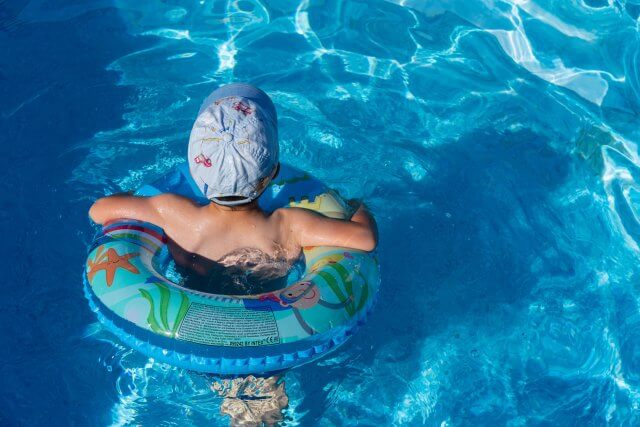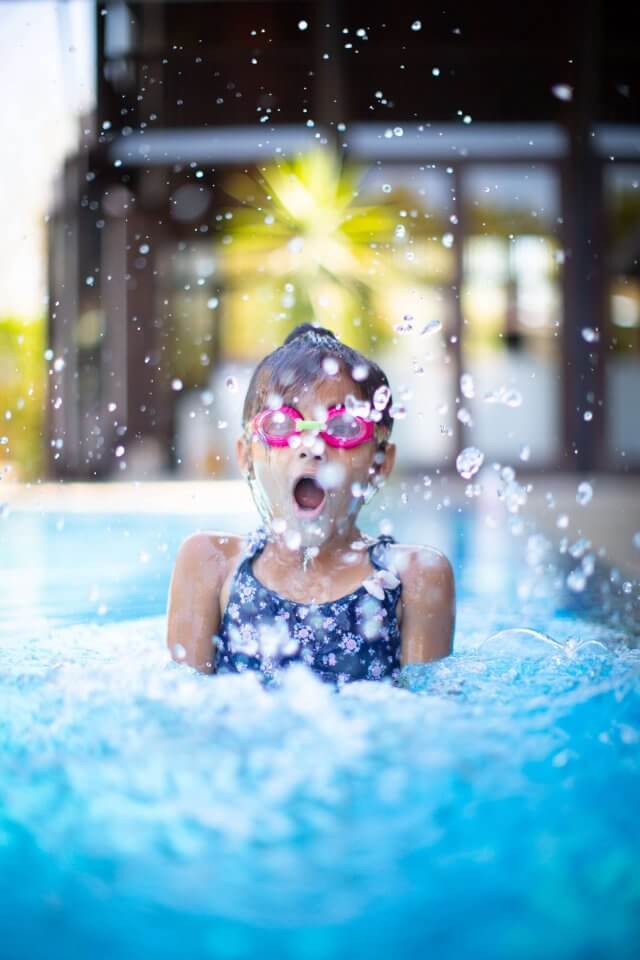If you have children and teens at home, you must be aware of several factors that can cause injuries, accidents or even deaths in children. While suicide, land transport accidents and accidental poisoning are few causes of death, drowning is one of the major causes of death for Australian children under five years of age, here’s how to prevent it!
It is heart-breaking to know that drowning is one of the biggest killers of kids under the age of 5, and most of these cases occur in swimming pools and beaches. While active supervision of young kids by a responsible adult is imperative, using pool/safety barriers and following safety guidelines help to keep children away from water in the absence of an adult.
Facts about childhood drowning in australia
Below are some facts and figures related to childhood drowning in Australia:
- Unsupervised in a few centimetres of water for about 20 seconds is all it takes for a child to drown in the water;
- For children under four years, swimming pools are the most common location for drowning and accounts for up to 67% of all the cases;
- Lakes, beaches and bathtubs/spas each account for 22% of drowning for children between 5 – 14 years.
- Non-fatal drowning incidents can cause severe brain damage and permanent disability.
- While swimming pools and beach drowning cases are the most common, drowning accidents have also been reported in baths, ponds, buckets and pet’s drinking bowls when left unsupervised.

Importance of adhering to pool and spa barrier legislation
The pool and spa barrier legislation are required to be followed by all the residential properties in Victoria. As a pool or spa owner, you must be aware of the pool and spa legislations that help keep your child and family safe.
As a part of the pool/spa barrier legislation, it is your responsibility to ensure that the swimming pool or spa barriers are always in good working condition. It restricts the toddler/children from accessing the pool/spa in the absence of an adult.
While a large number of drowning accidents take place each year due to non-adherence to the safety guidelines, using barriers that are faulty or non-compliant with Australian standards also contributes to the risk of accidents in small and young children.
The pool and spa barrier legislation by the Victorian Building Authority helps the property owners understand their obligations regarding swimming pools, spas and safety barriers. By practising the guidelines set by the authority, you will keep your family safe and away from any potential life threats.
If you have a home pool, you must know the legislation in place by the local governments to make the aquatic environments safe and reduce the instance of toddler drowning.
Following new legislation rolled out on 1st Dec 2019 in Victoria, the swimming pool and spa owners have increased responsibility to ensure the effective operation of swimming pool and spa safety barriers in private and public spaces.
Below mentioned are the new rules, registration and certification requirements for the swimming pool and spa owners.
- Get your pool/spa barrier inspected by registered professionals/swimming pool inspectors.
- You must register your swimming pool with your local council
- After the pool inspection, you must correct any issues identified by the pool inspector within the suggested time frame
- A certificate of compliance must be submitted to your council by the due date

How to get a safety certificate
The inspection of your pool or spa barrier can be undertaken by one of the following professionals while following the standards set by the Victorian Building Authority:
- a registered building surveyor
- a registered building inspector
- a municipal building surveyor
After the inspection and subject to a satisfactory standard of compliance with your safety barrier, you will receive a certificate of barrier compliance. You must then lodge the certificate with your council by paying the respective fees within 30 days from the date of issue of the certificate.
On receipt of the certificate, the council sends you a written notice confirming:
- the date of lodgement of the certificate
- and the due date of lodging the next certificate
You are required to regularly get the safety barrier checked and lodge a certificate of barrier compliance, usually every four years.
We recommend you learn more about building a pool safe for your children in our article before you begin building your pool at home.

Checklist for pool and spa owners to prevent children and animals from drowning
Keeping in mind the safety of your children and animals and saving them from drowning, there are a few things that you must regularly check to ensure the pool or spa safety:
- Ensure that the children are actively supervised by an adult when around the pool/spa;
- Ensure all the gates and doors leading to the pool/spa are self-closing and self-latching;
- The pool gate must swing outwards from the pool and never be propped open;
- Ensure the safety barrier or safety gate has minimum space of gap that cannot let a child get through;
- Remove any object like chairs, BBQ’s or tree stumps near the pool for the children to climb;
- CPR/first aid knowledge for an adult supervising a child in and around the pool.
Also, if you enjoy unwinding in a spa with your children, we recommend you read through our article on How to ensure spa safety for the entire family to reduce the associated risks.
Your children are your utmost priority, and by following the guidelines detailed above, you will reduce the chances of accidents that can take place in the pools/spas.
Additionally, we can help you with pre-compliance consultation of your pool/spa barriers and advice on rectification works that you can undertake before the Compliance Inspection. To book your consultation, Get in Touch With Us today!
